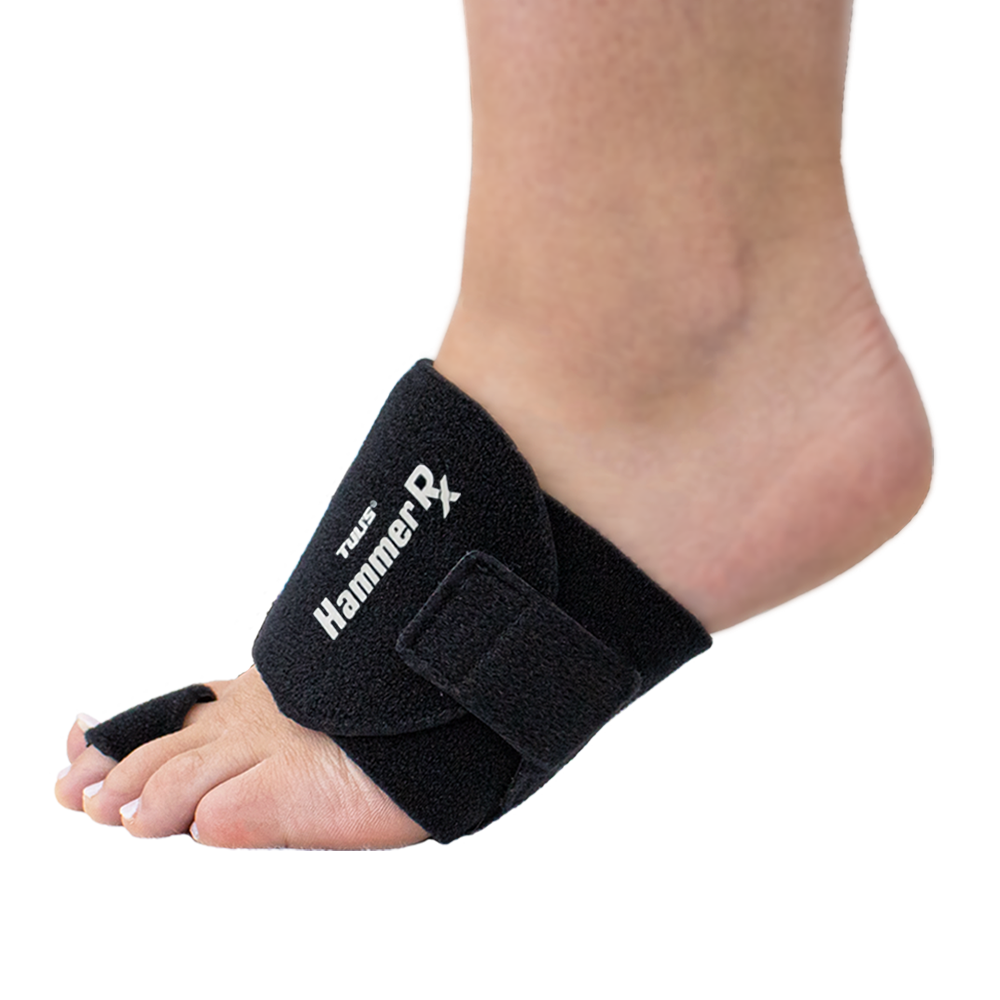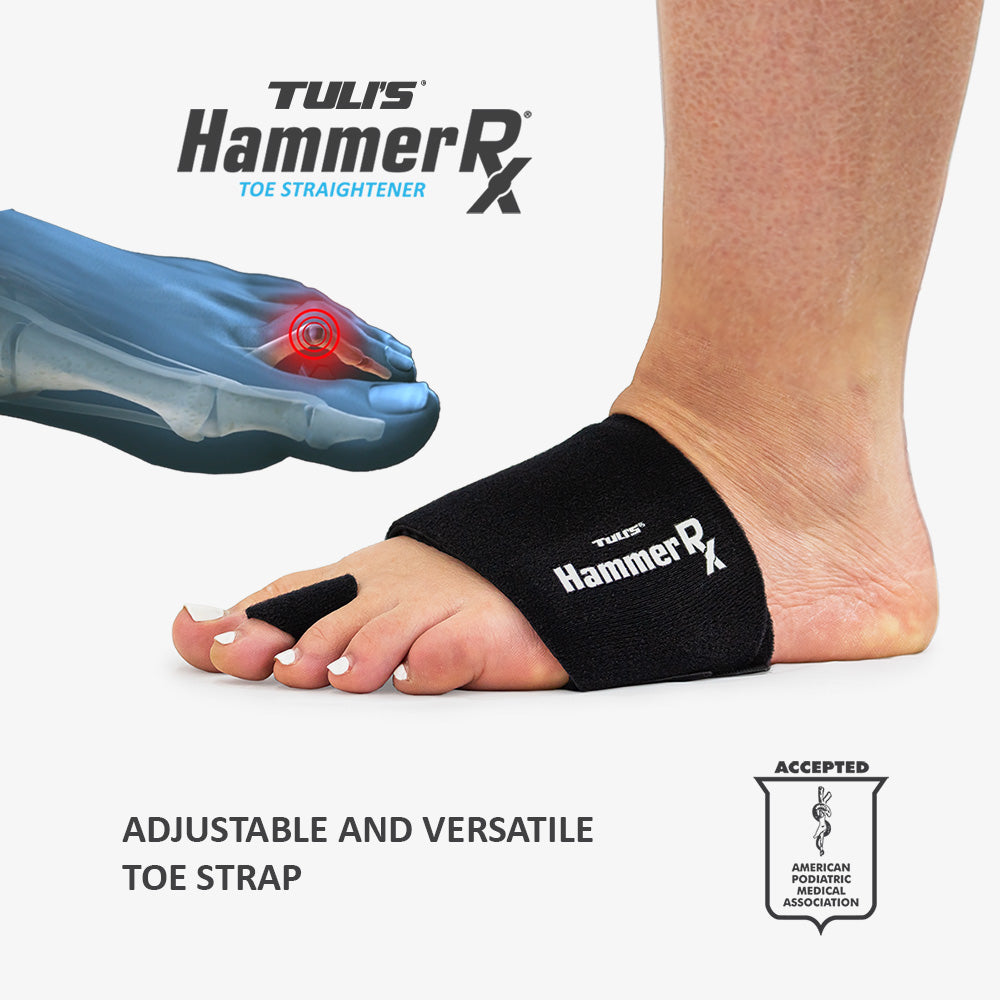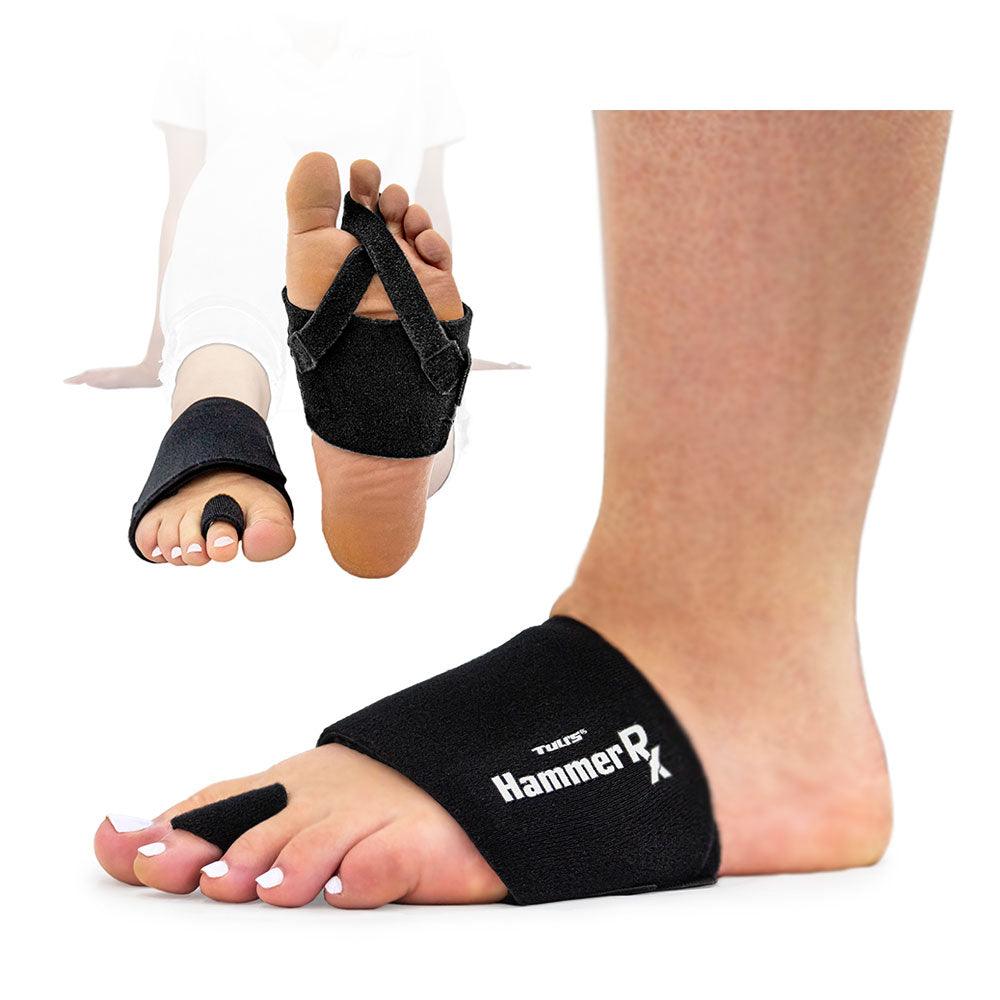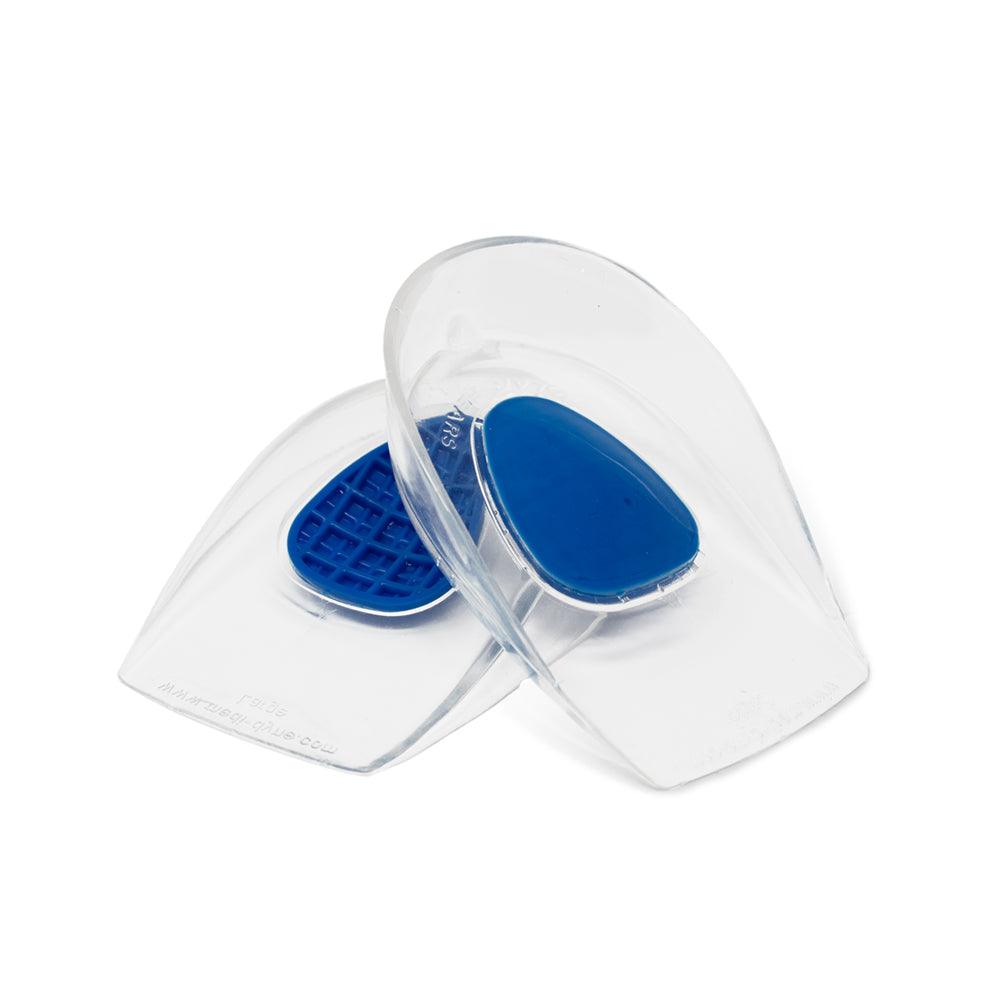You use your feet daily and, like most people, don't give a second thought to them. That is until you are struck with a new pain or notice a bit of swelling that you hadn't noticed before. The condition can be virtually unnoticeable for those with a hammertoe deformity until you start dealing with related side-effects, such as blisters or bunions.
Not sure what a hammertoe deformity is? Here's some background information to help you familiarize yourself with the condition.
What is a Hammertoe Deformity?
A hammertoe deformity is a condition that affects the joints of the second through fourth toes. It is usually characterized by an abnormal bending of one or more joints in the affected toes. The bending of the joints causes the affected toe to be locked into a curled position and can lead to damage to the soft tissues surrounding the toe.
There are three primary classifications of hammertoe:
- Flexible hammertoes are characterized by the affected toe being able to move forward and backward, but not being able to bend sideways.
- Semi-rigid hammertoes are characterized by the further stiffening of the affected toe.
- Rigid hammertoes are characterized by the affected toe being unable to move in any direction.
Causes of Hammertoe Deformity
There are several factors that can lead to a hammertoe deformity. The most common causes of the condition include wearing shoes that are too small or too narrow, wearing shoes that do not provide enough support, having a job or hobby that requires you to wear shoes that are too tight, or having a job or hobby that necessitates you to stand for long periods of time.
Hammertoe deformities may also be caused by other conditions, such as:
- Arthritis
- Rheumatoid Arthritis
- Diabetes
- Vascular Disease
- Thickened Nail
- Nerve Damage
- Injury
Other factors that can lead to a hammertoe deformity include having abnormally short toes, having a foot that is out of proportion to your body, having a genetic predisposition to the condition, or if you have a family history of hammertoe deformity.
Symptoms of Hammertoe Deformity
Hammertoe deformities tend to develop slowly over time. Most people don't even realize they have the condition until they've sought advice from their primary care provider or podiatrist for other conditions, such as blisters or corns.
The symptoms of hammertoe deformity include:
- Pain or tenderness around the affected toe
- Swelling
- Popping or cracking noises
- Hardened skin, blisters, and corns around the affected toe
- Bunions
- Limping
Hammertoes Can Significantly Impact Athletic Performance
Hammertoe deformities are frequently seen in athletes, especially those who participate in sports that require them to wear tighter fitting shoes. This includes ballet dancers, tennis players, and basketball players, to name a few. The condition can affect the performance of athletes in a variety of ways, including:
- Decreased flexibility
- Decreased range of motion
- Decreased strength
- Increased risk of injury due to the increased pressure on the toes
- Increased risk of developing blisters and corns
- Decreased performance due to pain and discomfort
While some athletes opt for surgery to correct the condition, there are many non-invasive options available to help bring you comfort and help straighten your mild case of hammertoe through the use of straightening devices.
Find Comfort From Your Hammertoe with Medi-Dyne
Once you've talked with your medical team, the chances are that they will have you try a non-invasive treatment plan to help you straighten out the muscles and tendons of the affected toe(s). This will require you to wear either different (often wider) shoes, custom-made orthotics, or a toe straightening device.
These devices work by gently wrapping around the affected toe and pulling the joint down, back into its natural alignment. They are built to gently support the toe, ensuring your comfort as you wear it.
Looking for a comfortable toe straightener to help you with your hammertoe? Then check out Tuli's HammerRx™ Toe Straightener, now available through Medi-Dyne!

★★★★★
Great product
"This is a game-changer! I've had great success with it from the moment the doctor put it on. I love it! And it doesn't have a large concentrated portion that you walk on all day and it causes pain. The straps are evenly distributed to the sides of your foot." - Lou
OTHER RELATED TOPICS:
IS HAMMERTOE SURGERY WORTH IT?
5 BEST HEEL CUPS FOR PLANTAR FASCIITIS
PLANTAR FASCIITIS, A REASON TO WORRY?
5 REASONS WHY YOU SHOULD STRETCH IN THE MORNING
PLEASE NOTE: The information on this website and article is for information only and should not be used as a substitute for consulting your doctor. Consult your doctor for proper diagnosis and rehabilitation.










































